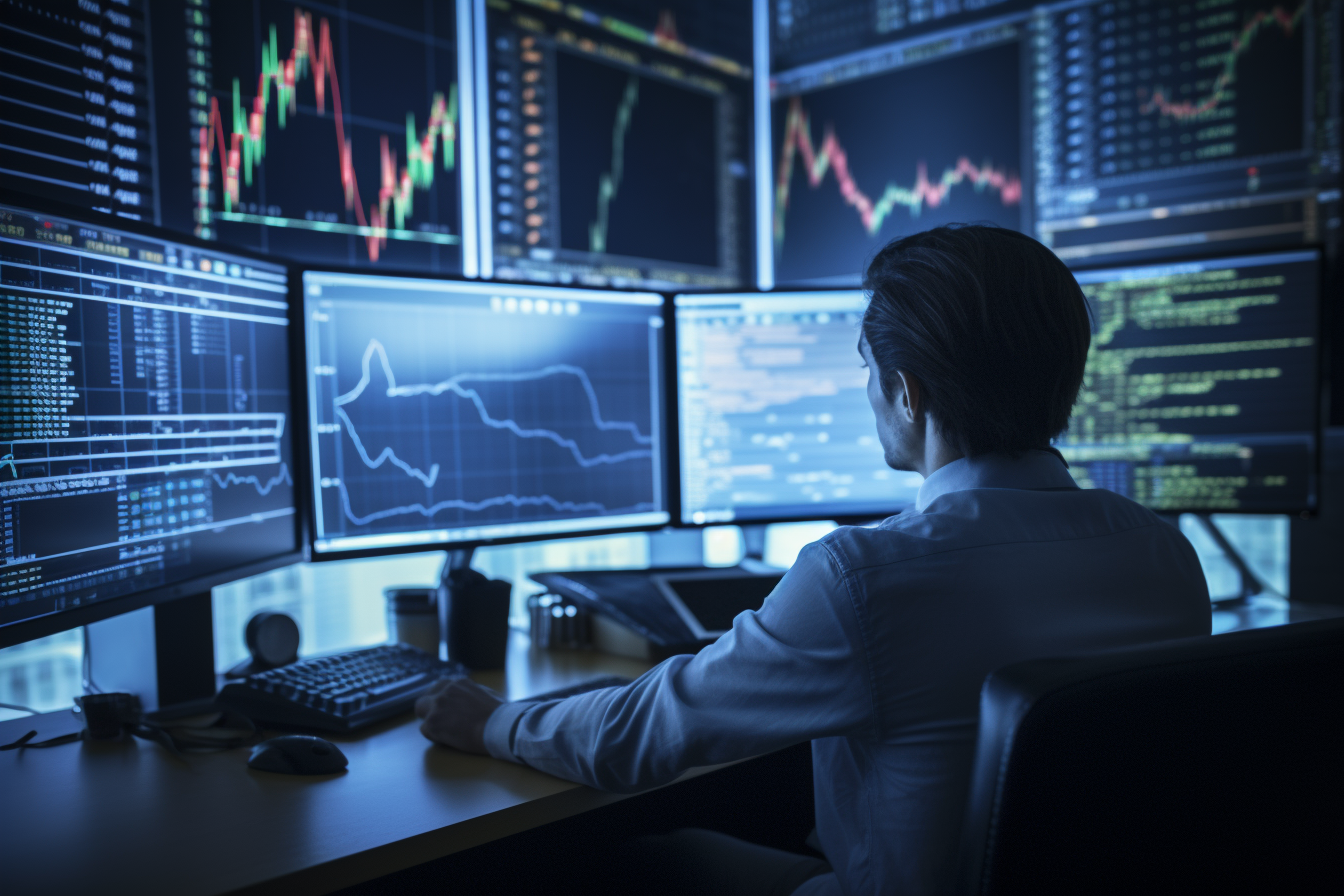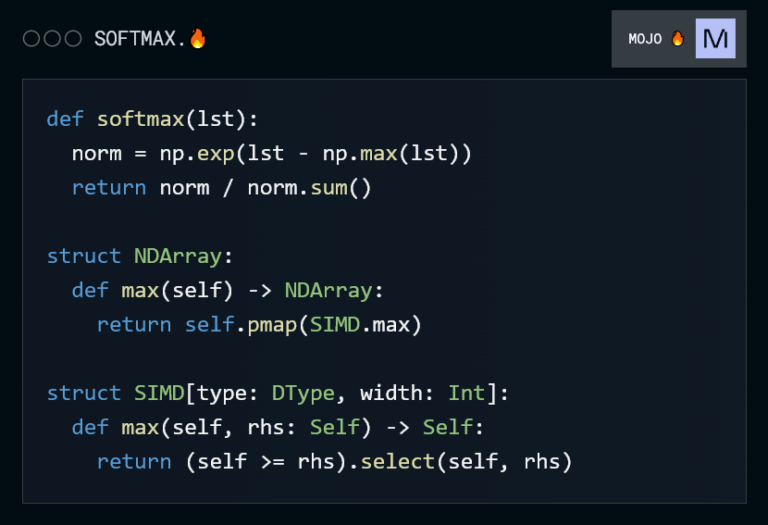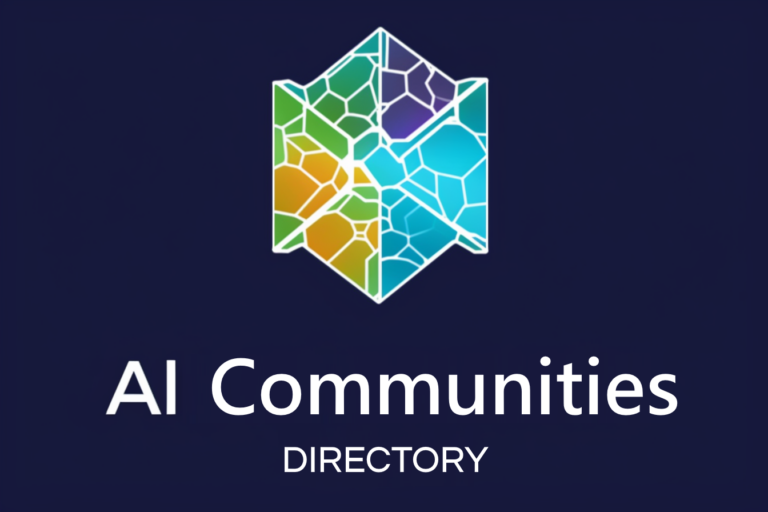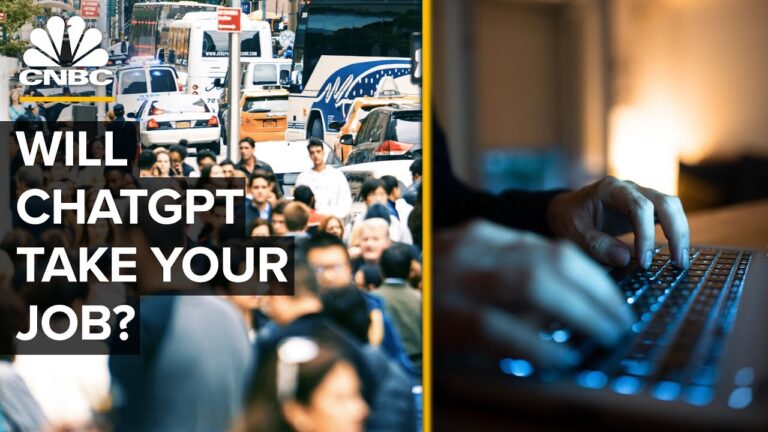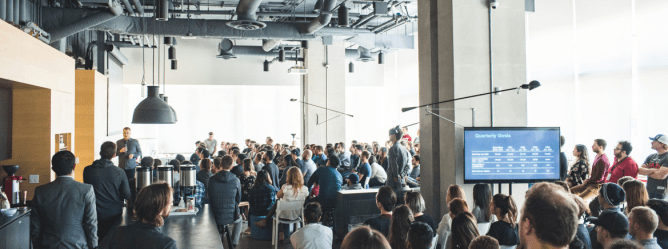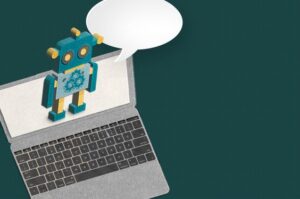In the fast-paced world of Wall Street, where split-second decisions can make or break fortunes, AI is becoming the new whiz kid. It’s the Gordon Gekko of the 21st century, but without the questionable ethics.
The Rise of AI in Trading
AI is transforming trading from a game of guts and intuition into a precise science. It’s crunching mountains of data, spotting trends that would make a hawk’s eyes cross, and making decisions faster than a Wall Street trader can shout ‘Buy!’ But what does this mean for the market, the traders, and the average Joe with a 401k? Let’s dive into the research and see what’s up.
Market Manipulation: A Concerning Aspect of AI in Trading
In ‘Does an artificial intelligence perform market manipulation with its own discretion?’, Takanobu Mizuta explores a fascinating and somewhat controversial aspect of AI in trading. He investigates whether an AI, using a genetic algorithm, can discover market manipulation strategies in an artificial market simulation.
This research is like a Wall Street thriller, but with AI playing the lead role. It shows that AI can learn and execute market manipulation strategies, which is both impressive and a bit scary. It’s like finding out that the new whiz kid on the block might have a dark side.
The Future of AI in Trading: Opportunities and Pitfalls
The promise of AI in trading is as shiny as a brand-new penny stock. It can optimize trading strategies, consider tax implications, and even spot potential market manipulation tactics. But like any hot stock, it comes with risks. As Mizuta’s study shows, there’s a potential for misuse. We need to ensure that AI is used responsibly and ethically in the trading arena. We don’t want the Gordon Gekko of AI turning into a Bernie Madoff.
Moreover, while AI is smart, it’s not infallible. It can crunch data and make rapid decisions, but it can also make mistakes. And when AI makes a mistake in trading, it can cost a pretty penny. So, human oversight and intervention will remain crucial in the trading process.
Developing an Autonomous Stock Trading System: A Case Study
Adding to the mix, Marcel Grote and Justus Bogner in their paper ‘A Case Study on AI Engineering Practices: Developing an Autonomous Stock Trading System’ discuss the practical aspects of developing an AI-based trading system. They highlight the importance of solid AI engineering practices to ensure the quality of the resulting system and to improve the development process. This is a crucial aspect for any Wall Street firm looking to integrate AI into their trading strategies.
The Impact of AI on Wall Street
The world of AI in trading is as exciting as the trading floor on a busy day. It’s a rapidly evolving field, and as we continue to explore and harness the power of AI, one thing is clear: the future of trading will be shaped by this powerful technology. As we stand on the cusp of this new era, it’s going to be one hell of a ride.
Further Reading and Resources
For those of you who are interested in diving deeper into the world of AI and trading, here are some resources and links to follow:
Research Papers
- ArXiv.org: This is a repository of electronic preprints of scientific papers in the fields of mathematics, physics, astronomy, computer science, quantitative biology, statistics, and quantitative finance, which can be accessed online. In the context of AI and trading, it’s a treasure trove of the latest research papers. You can start with the AI section.
- Towards Data Science: This online publication platform focuses on data science and AI. It’s a great resource for articles that break down complex topics into digestible pieces. Here’s their section on AI.
Books
- ‘Advances in Financial Machine Learning’ by Marcos Lopez de Prado: This book provides an in-depth look at the latest developments in financial machine learning, including AI in trading.
- ‘Machine Learning for Algorithmic Trading’ by Stefan Jansen: This book offers a comprehensive guide to using machine learning and AI in algorithmic trading.
Courses
- AI in Trading on Udemy: This paid course provides a hands-on introduction to the use of AI in trading. It’s a great resource for those looking to get started with AI in trading.
Conclusion
As we navigate this new era of AI in trading, it’s essential to remember that AI is a tool, not a replacement for human judgment and oversight. While AI can optimize trading strategies and identify potential market manipulation tactics, it must be used responsibly and ethically. By understanding the opportunities and pitfalls of AI in trading, we can harness its power to create a more efficient and transparent financial system. Buckle up, because this is going to be one hell of a ride!










